Last Update On: June 30, 2025
Introduction
The Southeast United States is one of the most diverse regions to explore. It combines major tourist destinations with small towns full of history, nature, and culture. You’ll find everything from theme parks and beaches to national parks and historic cities.
This region includes highlights like Walt Disney World, the Blue Ridge Parkway, Miami Beach, and the historic districts of Charleston and Savannah. Whether you’re interested in outdoor activities, food, architecture, or just relaxing in the sun, the Southeast has options for all types of travelers.
What follows is a collection of standout places to visit across the region. Each offers something unique, whether it’s scenic views, cultural experiences, or just a fun way to spend a weekend.
1. Orlando, Florida
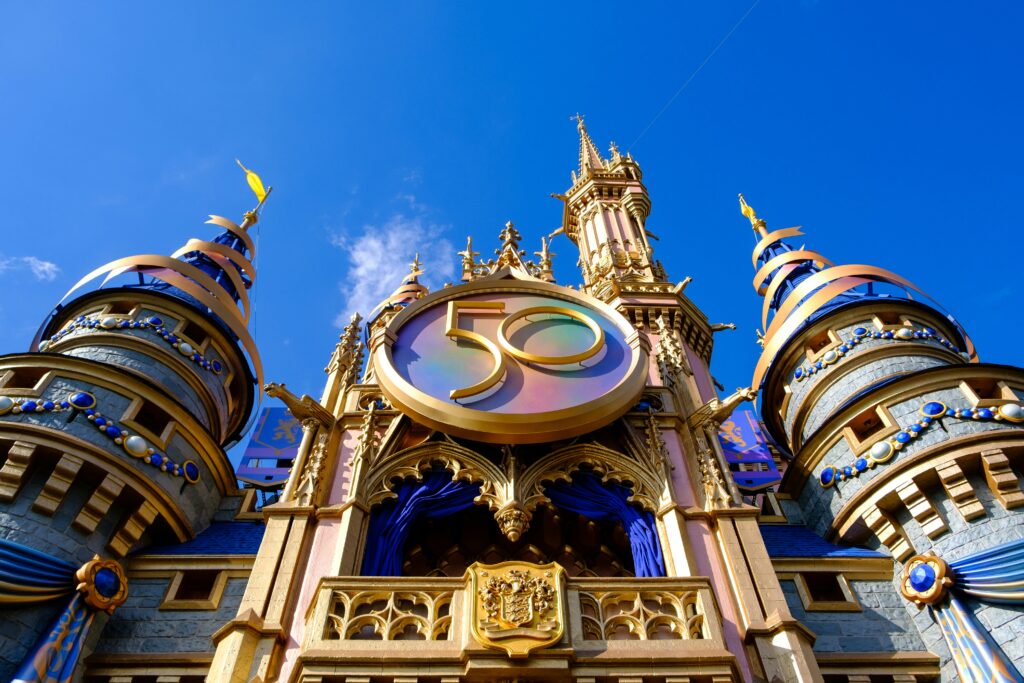
Orlando is one of the most popular travel destinations in the Southeast, for good reason. A couple of years ago, I went in January and had a blast. I stayed at Margaritaville, visited both Disney and Universal, and found the crowds surprisingly manageable. Accommodations were a lot cheaper than peak season, and the weather was perfect: warm enough to enjoy the parks without the summer heat and humidity.
While theme parks are the main draw, there’s more to Orlando than rides and characters. It’s a major conference hub, has plenty of resorts and outlet shopping, and is surrounded by great day trip options. Kennedy Space Center, Cocoa Beach, and several natural springs are all within an hour’s drive. The local food scene is also worth exploring—Winter Park and Mills 50 are two neighborhoods with standout spots.
Orlando International Airport (MCO) is well-connected and makes travel in and out of the city easy. Whether you’re going for the parks, the weather, or just a quick getaway, Orlando is one of the easiest places to plan around with something for almost everyone.
2. Savannah Historic District, Georgia
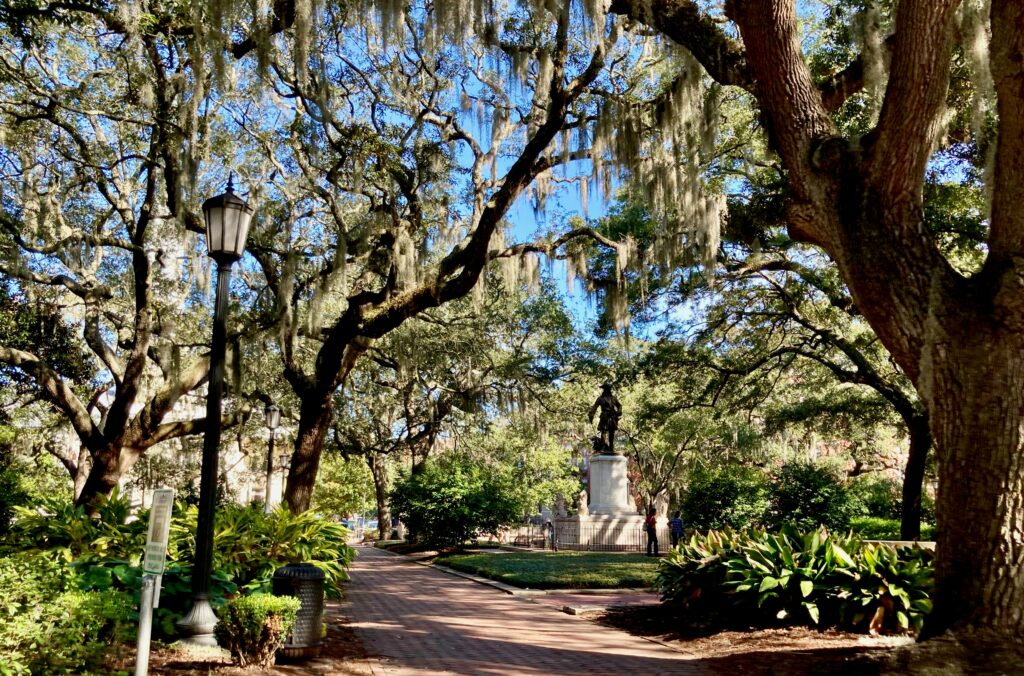
Savannah is one of the most walkable cities in the Southeast, making it perfect for a long weekend. The Historic District is easy to navigate on foot and packed with well-preserved buildings, public squares, and museums. Forsyth Park is a popular starting point, especially if you’re visiting in spring or fall when the weather is comfortable.
If you’re into history, the Mercer Williams House and the Telfair Museums are worth a stop. For food, there’s no shortage of local spots serving up Southern staples—fried green tomatoes, shrimp and grits, and sweet tea are easy to find, but higher-end dining options are growing too.
Savannah’s open-container law means you can carry your drink as you explore the historic downtown, which adds a casual, relaxed vibe. Parking can be tight in the core areas, so staying somewhere central or using the city’s free DOT shuttle can make your trip easier.
3. Blue Ridge Parkway, Virginia/North Carolina

The Blue Ridge Parkway is a 469-mile scenic drive through the Appalachian Highlands, stretching from Virginia to North Carolina. It’s ideal if you’re looking to slow down and enjoy mountain views, hiking trails, and quiet time in nature. There are no commercial trucks or billboards, and the speed limit stays low, making it a peaceful drive with plenty of overlooks and trailheads.
You don’t have to drive the whole thing to enjoy it. Many travelers pick a base in towns like Boone, Little Switzerland, or Asheville. I stayed in Asheville and had a great time. It was the perfect mix of outdoor activity and relaxation. I visited the Biltmore while I was there, which is definitely worth seeing, though I’d avoid going when it’s really hot since it involves a lot of walking and there’s no air conditioning. The town itself has a laid-back feel, good food, and easy access to nature.
Fall is the busiest season along the Parkway, thanks to the foliage. If you’re visiting during peak color, expect more traffic and limited parking at some of the popular overlooks and trailheads. Spring and early summer are quieter and offer great weather, blooming wildflowers, and fewer crowds. Cell service can be spotty in some areas, so it’s a good idea to download maps or bring a guidebook in advance.
4. St. Augustine, Florida
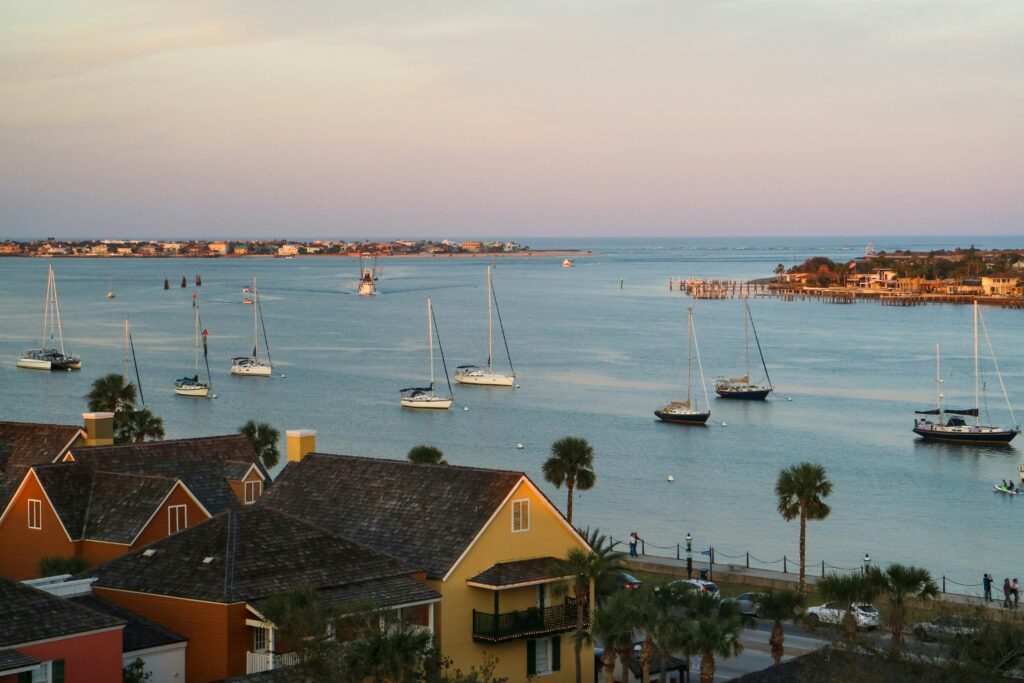
St. Augustine is the oldest city in the U.S., and it’s high on my list of places to visit. What stands out is how much history is packed into one walkable area. The Castillo de San Marcos, a 17th-century stone fort, looks like a great first stop, especially with the views of the water. The downtown area is full of Spanish colonial architecture, museums, and small shops, and it seems easy to explore without needing a tour.
You’ve also got the St. Augustine Lighthouse and the Fountain of Youth Archaeological Park, both of which are well-known attractions that mix history with hands-on exhibits. And unlike many Florida destinations, this one also has beaches close by if you want to unwind after sightseeing.
Parking near the historic district can be tricky, so using the city parking garage or hopping on the trolley might save some hassle. If you’re into history, coastal towns, or just want something a little different from the typical Florida beach trip, St. Augustine looks like it checks all the boxes.
5. Miami Beach, Florida
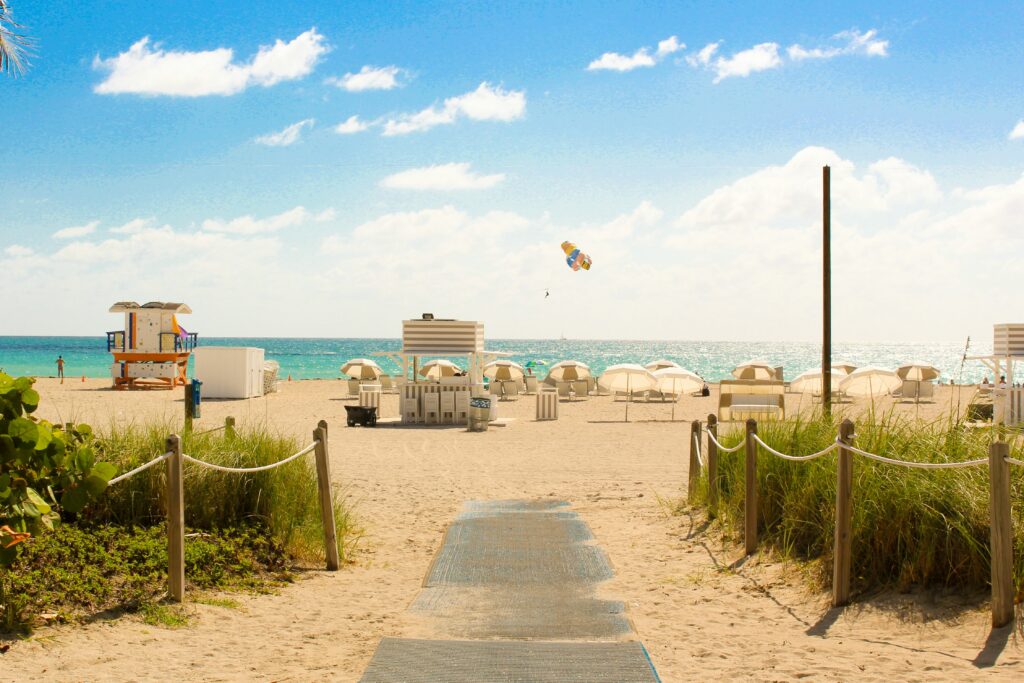
Miami Beach feels like one of those places everyone should experience at least once. I haven’t been yet, but it’s hard to ignore how much it has going on, especially if you like a mix of beach time and city energy. South Beach is the obvious draw, with white sand, clear water, and all the people-watching you could ask for. But what makes the area stand out is how much culture is packed into it.
The Art Deco Historic District looks like a must-see, especially at night when the neon signs are lit up. Lincoln Road is known for shopping, cafes, and open-air dining, while nearby Little Havana offers a completely different vibe with Cuban food, music, and murals. It’s one of those destinations where you could spend a weekend or a full week and still not run out of things to do.
Hotels can get pricey, especially near the beach, so it’s worth comparing areas like Mid-Beach or even across the causeway in the city. Traffic and parking are part of the deal, but if you’re prepared for that, it seems like a great place to experience a little of everything: beach, food, nightlife, and culture all in one spot.
6. Great Smoky Mountains National Park
It’s easy to see why Great Smoky Mountains National Park is the most visited national park in the country. Straddling Tennessee and North Carolina, it’s packed with scenic drives, waterfalls, wildlife, and over 800 miles of trails. The best part? There’s no entrance fee.
This is one of those places where you can tailor the trip to what you want. Hike all day, take it easy with short “Quiet Walkways,” or just enjoy the view from the car. When I go, I plan to explore spots like Clingmans Dome and Newfound Gap, and I’ve already added Roaring Fork Motor Nature Trail and Cades Cove to my list based on strong local recommendations.
Many visitors use Gatlinburg or Pigeon Forge as a base, but there’s also Cherokee, NC on the other side if you want something quieter. Traffic can get heavy in peak seasons, especially fall, so early starts help. Trailhead parking fills up fast, so plan ahead and give yourself extra time to get around. Cell service is hit or miss, and water fountains aren’t always working, so it’s smart to pack your own food and plenty of water.
Some locals swear by just pulling over at any trail marked “Quiet Walkway” and soaking in the peace and fresh air. If you’re looking to get off the main road, that’s one easy way to do it. And if you’re up for something more adventurous, the Nantahala Outdoor Center isn’t far for whitewater rafting and kayaking.
For maps, trail updates, and park alerts, visit the official Great Smoky Mountains National Park website.
7. Charleston, South Carolina
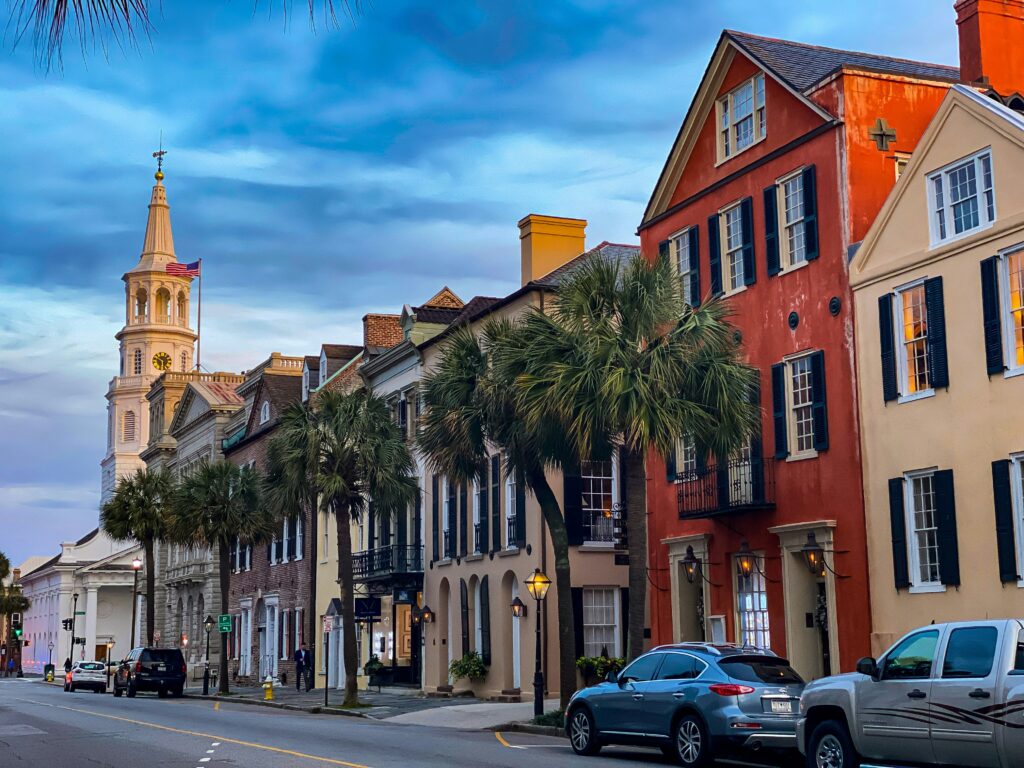
I’ve been to Charleston once, and I barely scratched the surface. Whether you’re into history, food, or just exploring a walkable city with character, Charleston has a little of everything.
The Historic District is the heart of it all. You can walk the Battery, enjoy views of Charleston Harbor, and see Rainbow Row with its pastel-colored historic homes. Horse-drawn carriage tours give you a narrated look at Charleston’s history. Many visitors highly recommend them. I didn’t visit Fort Sumter, but several people said the ferry ride and the Civil War site are worth it. You can learn more by heading to the Fort Sumter National Monument website.
People often recommend Magnolia Plantation and Boone Hall for both their beauty and historical importance. Both offer guided tours, walking paths, and preserved slave quarters that help tell a fuller story of Charleston’s past.
Charleston’s food scene came up over and over in conversations with people who have spent time there. I tried a couple of spots when I went, but the list of highly recommended places is long. Husk, Edmund’s Oast, Slightly North of Broad, High Cotton, and Pearlz all came up multiple times. Locals recommended Firefly Distillery for sweet tea vodka and the Charleston Tea Garden, the only U.S. tea plantation. Both are a short drive from the city and offer tastings and tours in a quieter setting.
The city isn’t just about the past. It has an active calendar of events and a growing creative scene. The Charleston Farmers Market runs April through December in Marion Square if you’re visiting during the warmer months. Each second Sunday, King Street closes to traffic. Restaurants serve outdoors and live music adds to the experience.For details visit the Second Sunday on King Street site. Mount Pleasant offers a slower pace and access to Patriots Point. There you can tour the USS Yorktown and other ships.
Beaches are close too. While Folly Beach is one of the better-known options, several people suggested skipping it due to the crowds. Instead, Sullivan’s Island and Isle of Palms were frequently recommended for a more relaxed atmosphere. Poe’s Tavern on Sullivan’s is a popular choice for a casual meal after a day at the beach.
Charleston isn’t a cheap destination, especially if you stay downtown, but it’s possible to balance splurges with affordable options. Parking can be tight, so staying somewhere walkable or using the city’s trolleys and shuttles can make things easier.
All in all, Charleston is the kind of place where one visit isn’t enough. I’m already looking forward to going back, and next time, I plan to stay longer and dig deeper. Check out the Official Charleston Visitors Bureau for information about events, lodging, restaurants, and things to do.
8. Everglades National Park, Florida

Everglades National Park protects over 1.5 million acres of wetlands in South Florida. It’s the largest tropical wilderness in the United States and a designated World Heritage Site. The park is known for its mix of freshwater sloughs, mangrove forests, and coastal prairies. It’s home to rare species like the Florida panther, American crocodile, West Indian manatee, and hundreds of bird species.
There are several ways to experience the Everglades, depending on how much time and activity you’re looking for. Popular options include airboat tours, kayaking, fishing, and walking short trails. I immediately started thinking of airboat tours when looking into this area. The Anhinga Trail, located near the Royal Palm Visitor Center, is one of the easiest and most reliable places to spot wildlife. Boardwalks and paved paths make it accessible for most visitors.
Shark Valley is another popular area, with a 15-mile loop trail that can be walked, biked, or toured by tram. If you want to explore by water, several outfitters near the park offer rentals and guided tours through the mangrove tunnels and open marshes. Ranger-led talks and programs are available in the cooler months, typically November through April.
The park has three main entrances: Homestead, Shark Valley, and Gulf Coast. Each offers different activities and access points, so it’s worth checking the National Park Service site when planning. Cell service is limited in many areas, and some roads can flood during the wet season. Visitors should bring water, sunscreen, insect repellent, and check for seasonal closures before heading out.
9. Atlanta’s World of Coca-Cola, Georgia
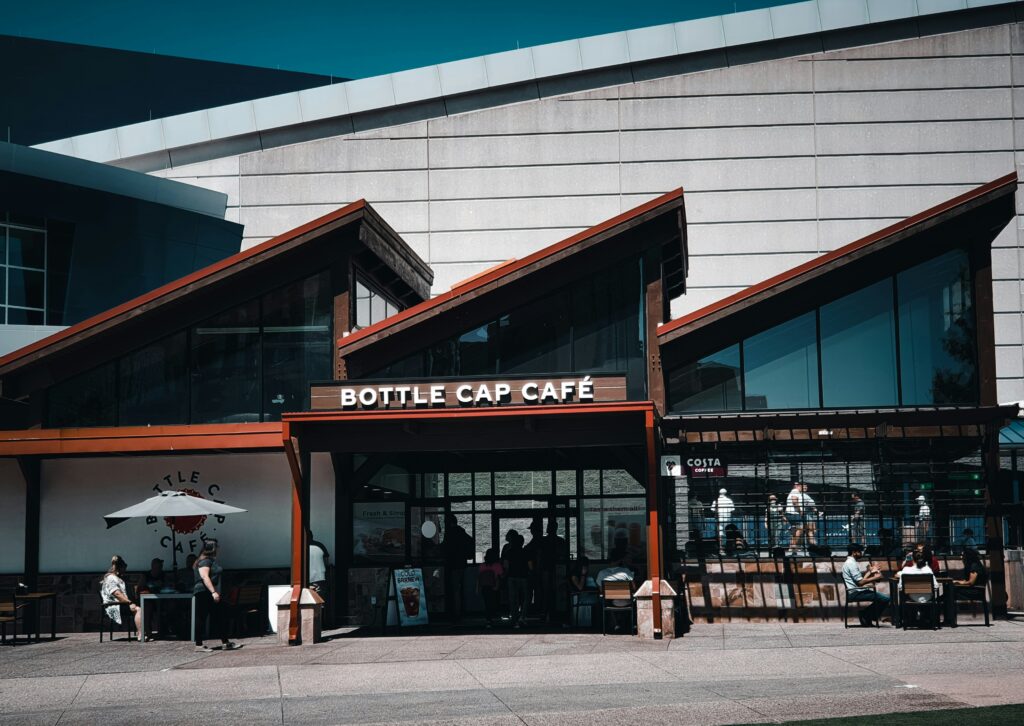
World of Coca-Cola is in downtown Atlanta. It sits near the Georgia Aquarium and the Center for Civil and Human Rights. The current museum opened in 2007. It replaced the original version from 1990.
General admission costs about $17 for adults, $15 for seniors, and $13 for kids. Your ticket gives you access to all exhibits, films, and the Taste It! room. There, you can try up to 100 drinks from around the world. Most people spend 1.5 to 2 hours inside. If you want a more guided experience, you can pay extra for a tour. That option includes bonus stories and a photo with the Coca-Cola Polar Bear.
The museum is full of things to see and do. You can watch a 4D movie, explore the Vault of the Secret Formula, and visit interactive displays. It’s also a good spot for families, history fans, and anyone who likes pop culture.
The building is fully accessible. It has elevators, wheelchair access, and nearby parking. Parking in the attached garage costs about $20. If you’re using MARTA, the Centennial Olympic Park station is a short walk away.
Buy tickets online before you go. They are not refundable or transferable. Online sales stop one hour before closing time. This is a fun stop for a short visit, especially if you’re already nearby.

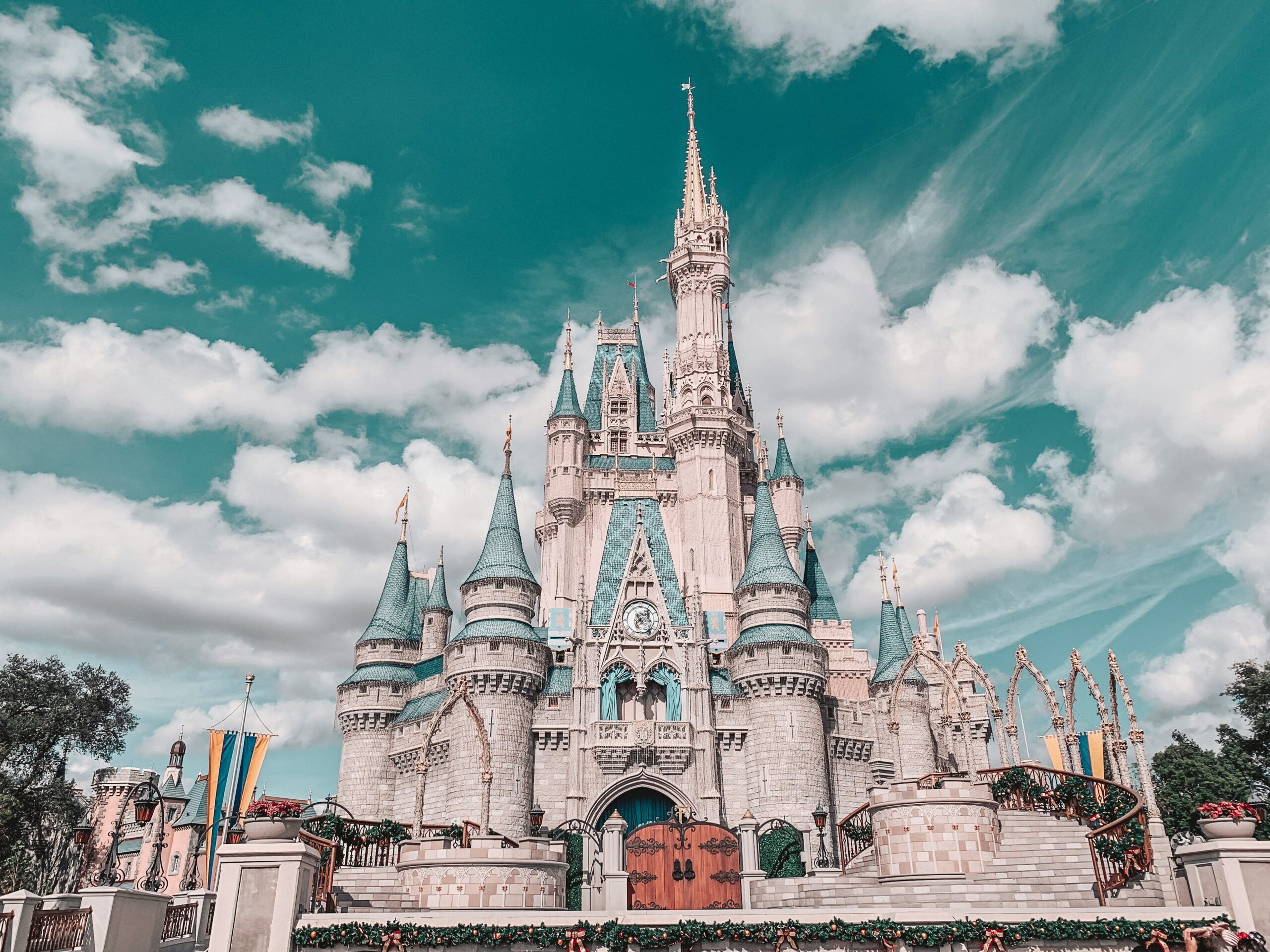
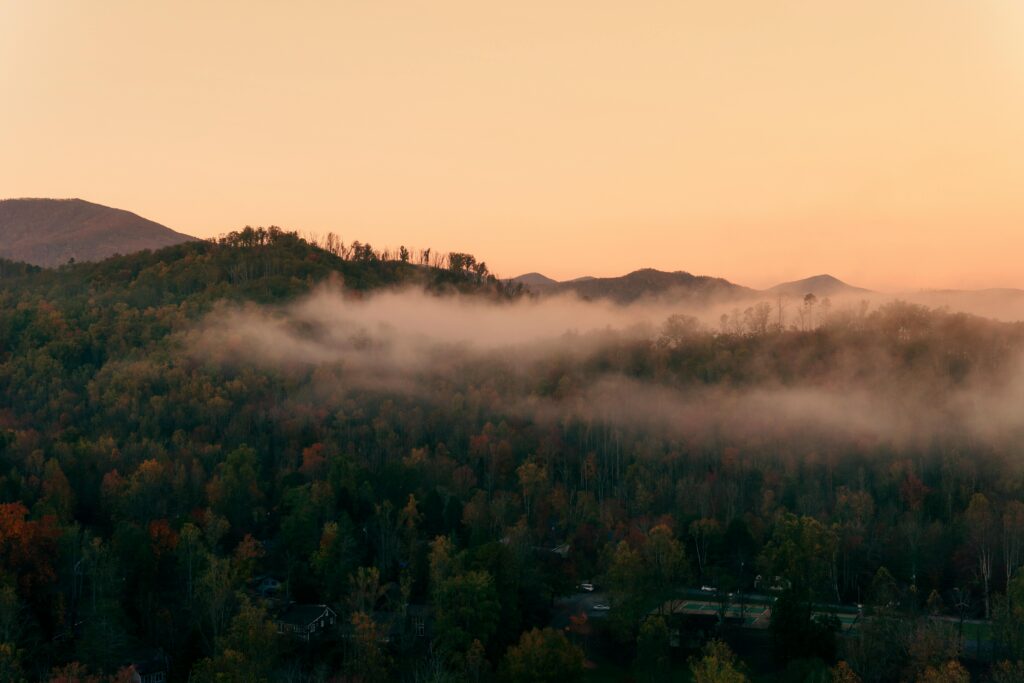

Leave a Reply